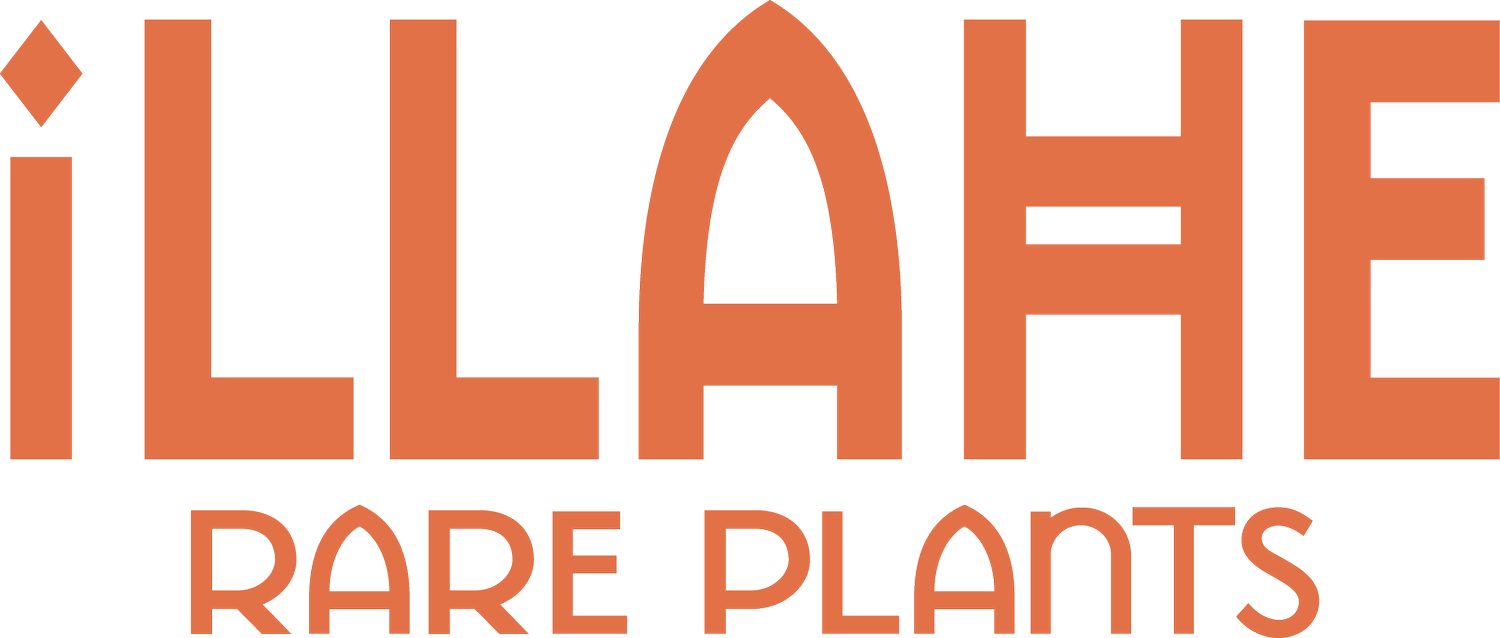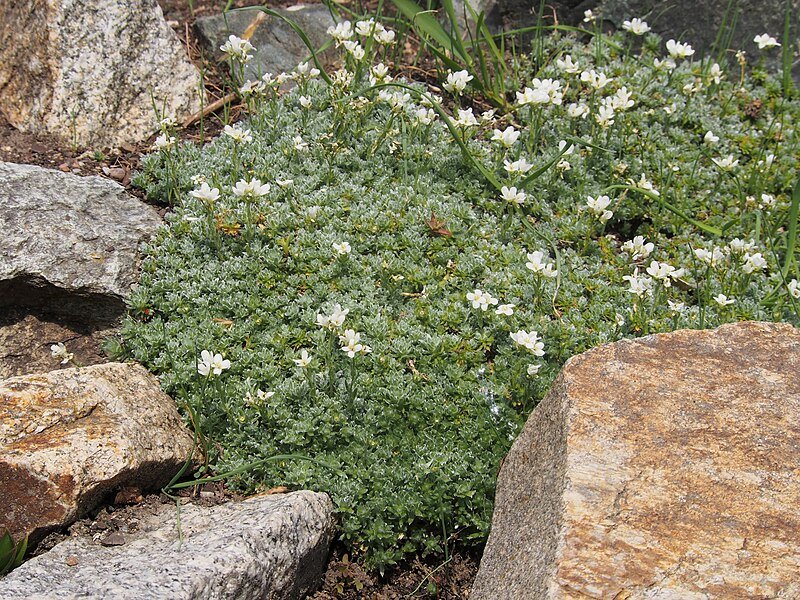
Trollius pumilus
Trollius pumilus, or Dwarf Globeflower, is a miniature gem among alpine perennials. It forms compact clumps of deeply lobed, rich green foliage and bears rounded, buttercup-like blooms in vivid golden yellow. These glowing, globe-shaped flowers hover close to the foliage, creating a bold splash of color in late spring. Unlike its taller relatives, this diminutive species is ideally suited for tight spots and smaller-scale plantings.
Native Range:
Trollius pumilus is native to high-altitude meadows and alpine slopes in Central Asia and the western Himalayas, where it grows in moist, rocky soils fed by snowmelt and mountain streams.
This species is an outstanding choice for cool rock gardens, troughs, or the edges of crevice plantings. It appreciates consistent moisture and humus-rich, well-draining soil. Partial sun or dappled light is ideal, especially in hotter climates, though it can tolerate full sun in cooler regions if moisture is maintained. Its alpine origins make it well adapted to breezy, exposed sites with good airflow. I grow it on the margin of the bog with sarracenias and gentians where it appreciates a bit of drainage and not ponding water.
These are small plants, but they establish better planted at this size than trying to move larger plants. Price is reflective of the size.
Trollius pumilus, or Dwarf Globeflower, is a miniature gem among alpine perennials. It forms compact clumps of deeply lobed, rich green foliage and bears rounded, buttercup-like blooms in vivid golden yellow. These glowing, globe-shaped flowers hover close to the foliage, creating a bold splash of color in late spring. Unlike its taller relatives, this diminutive species is ideally suited for tight spots and smaller-scale plantings.
Native Range:
Trollius pumilus is native to high-altitude meadows and alpine slopes in Central Asia and the western Himalayas, where it grows in moist, rocky soils fed by snowmelt and mountain streams.
This species is an outstanding choice for cool rock gardens, troughs, or the edges of crevice plantings. It appreciates consistent moisture and humus-rich, well-draining soil. Partial sun or dappled light is ideal, especially in hotter climates, though it can tolerate full sun in cooler regions if moisture is maintained. Its alpine origins make it well adapted to breezy, exposed sites with good airflow. I grow it on the margin of the bog with sarracenias and gentians where it appreciates a bit of drainage and not ponding water.
These are small plants, but they establish better planted at this size than trying to move larger plants. Price is reflective of the size.







